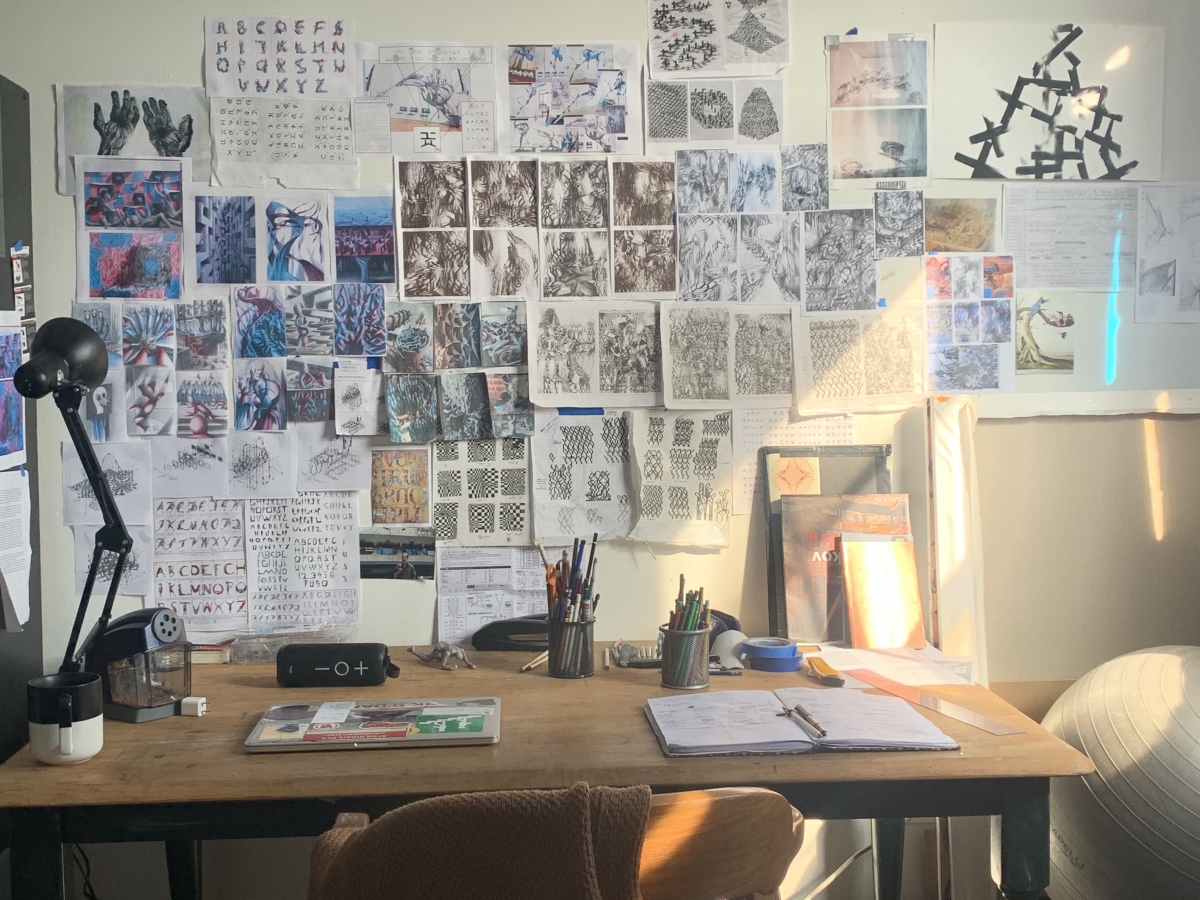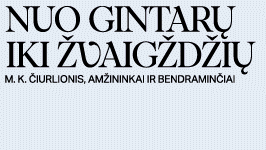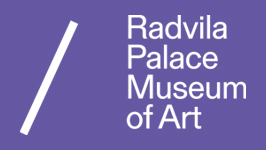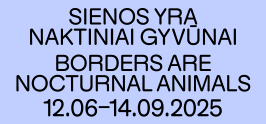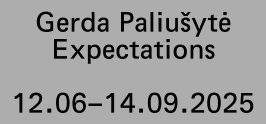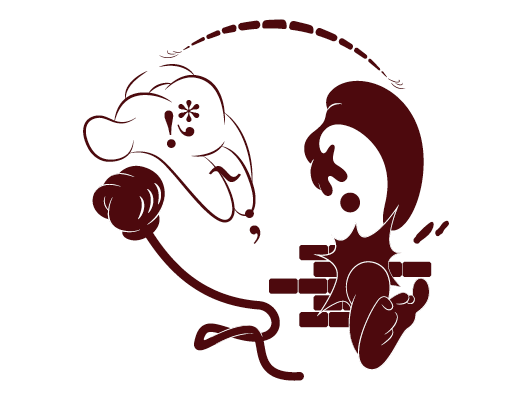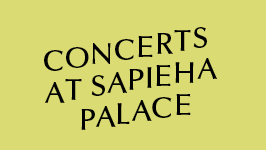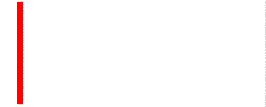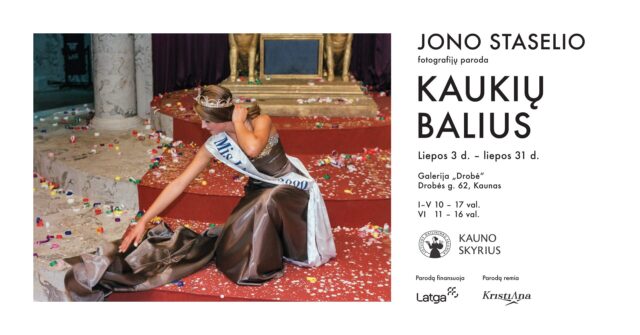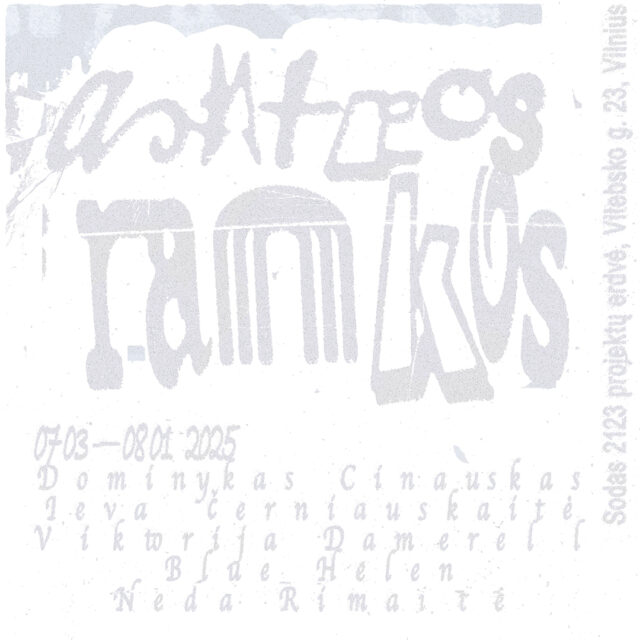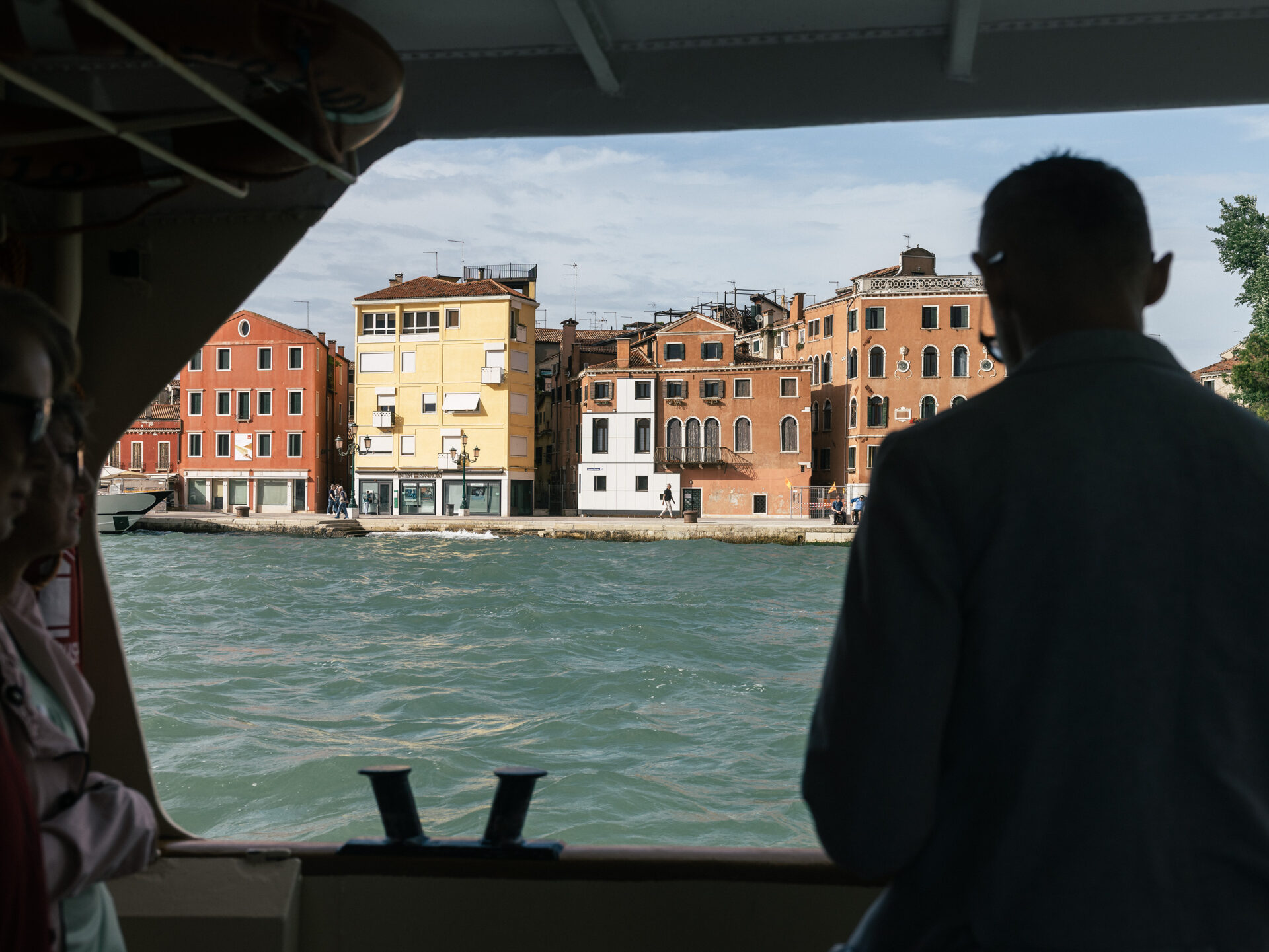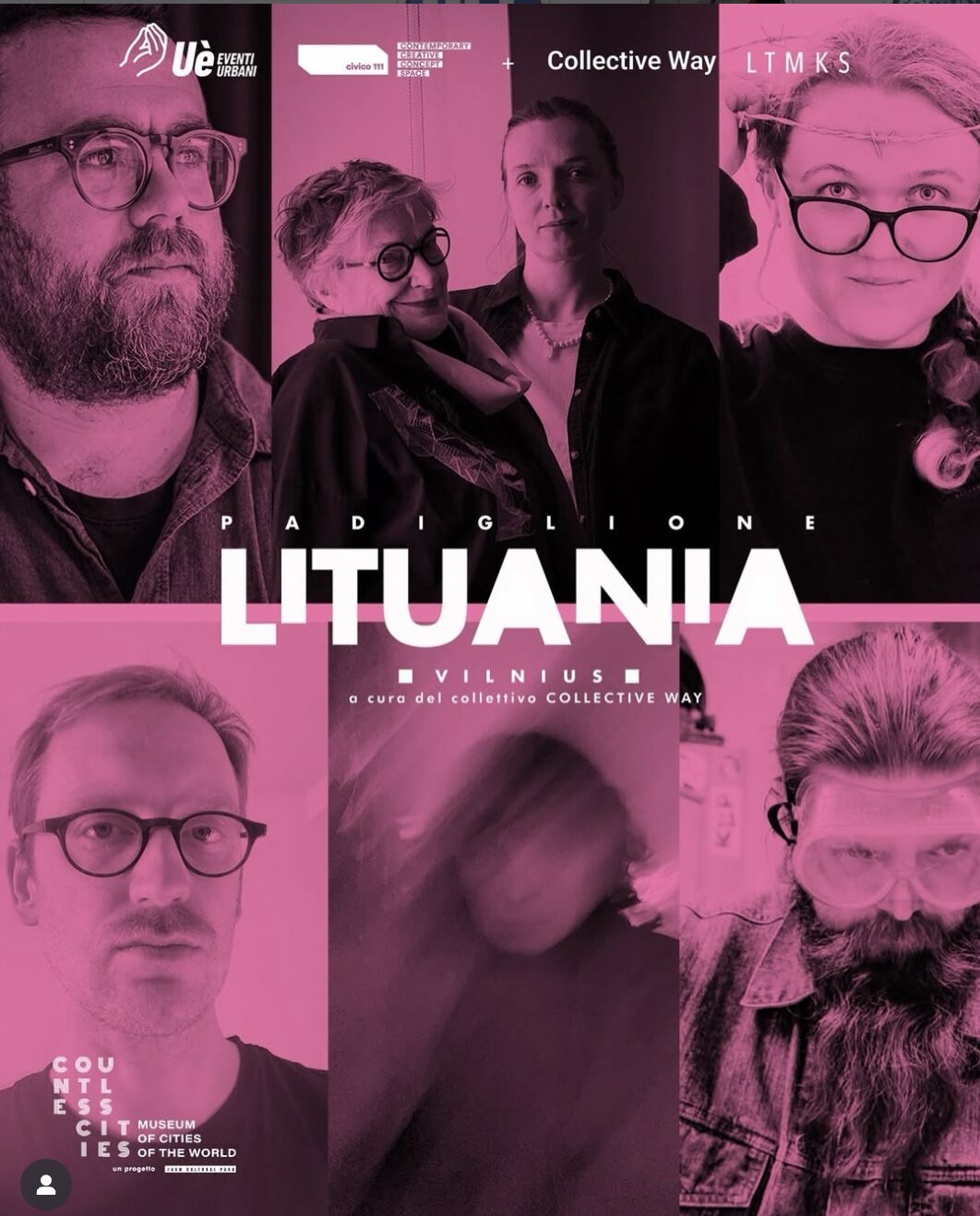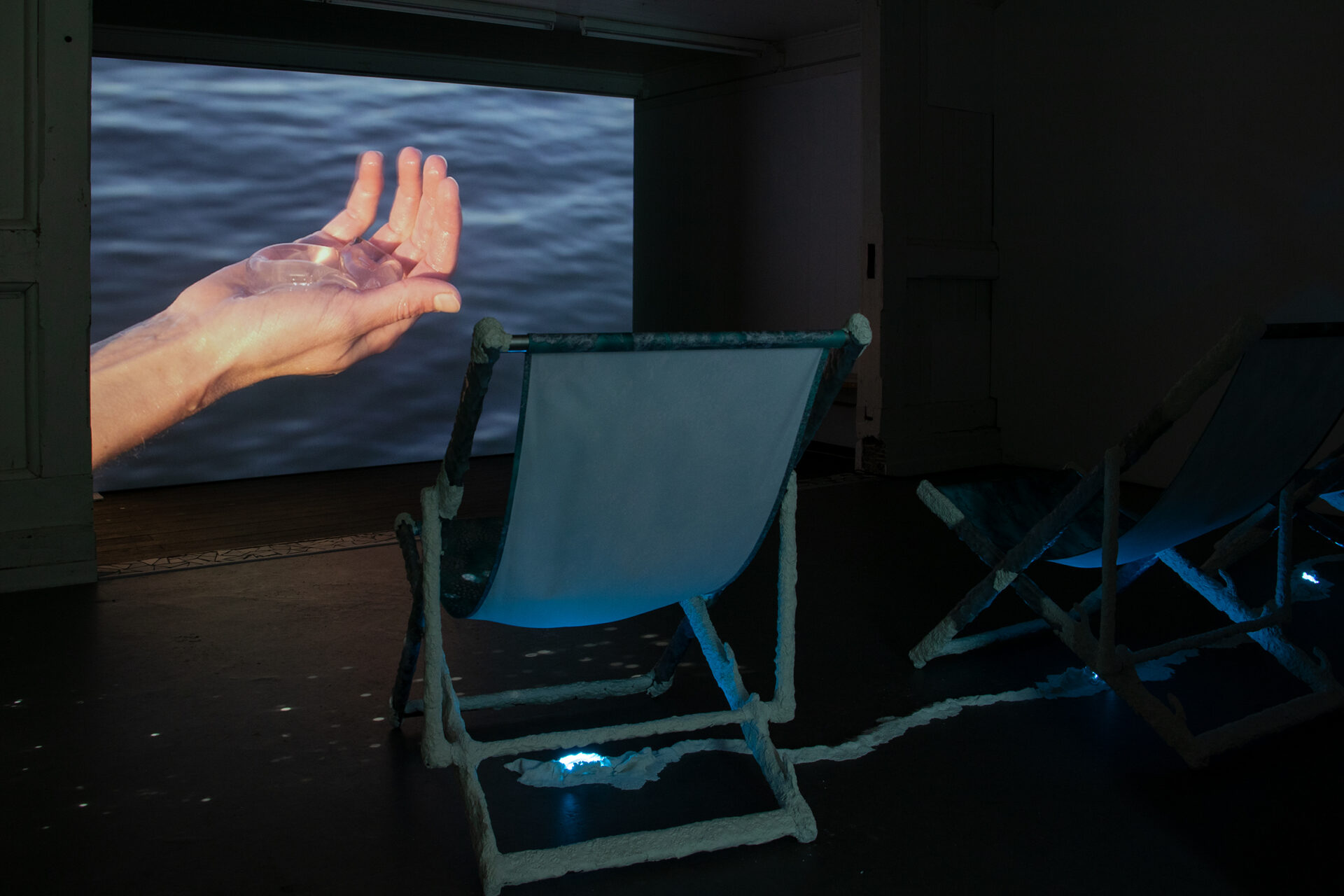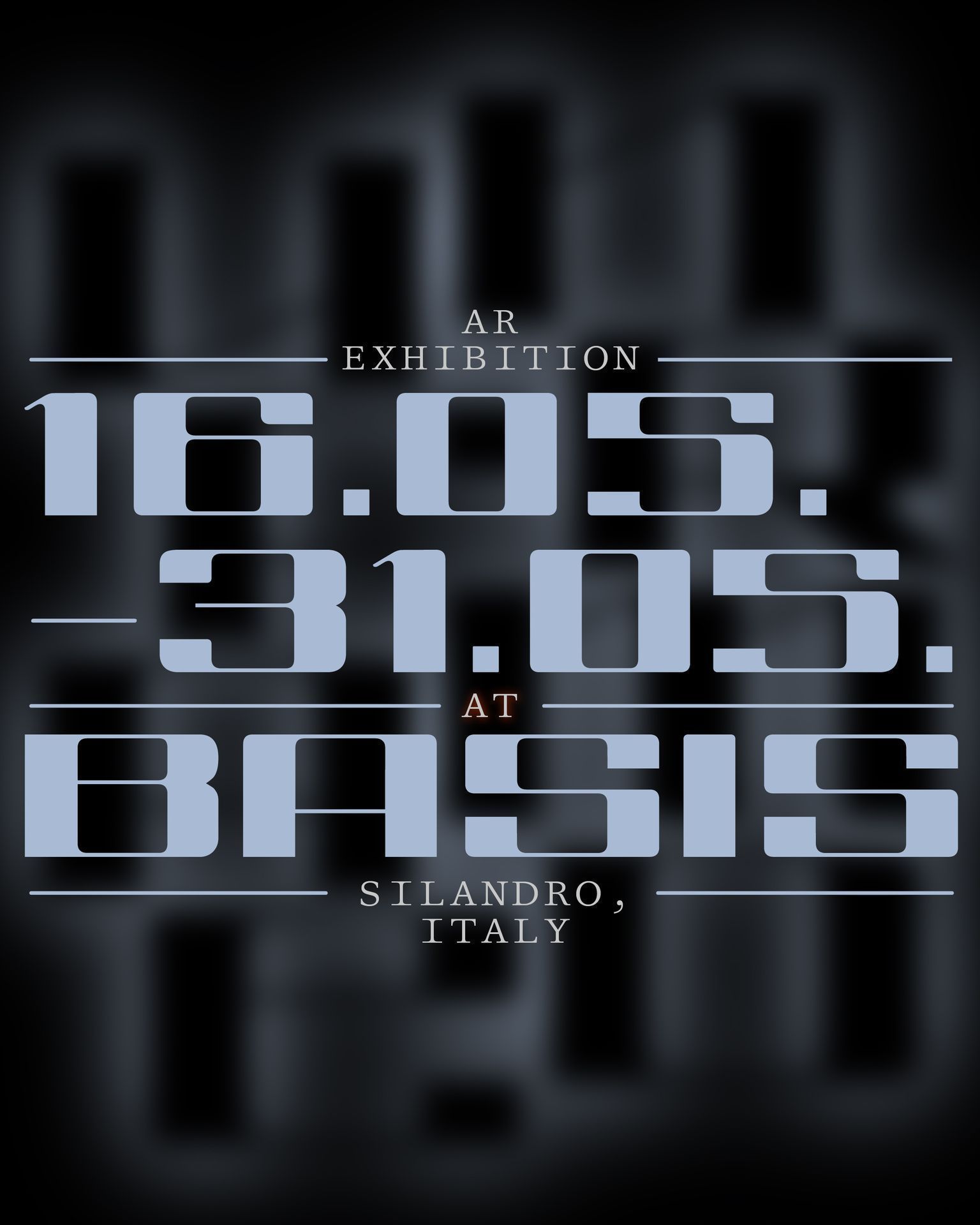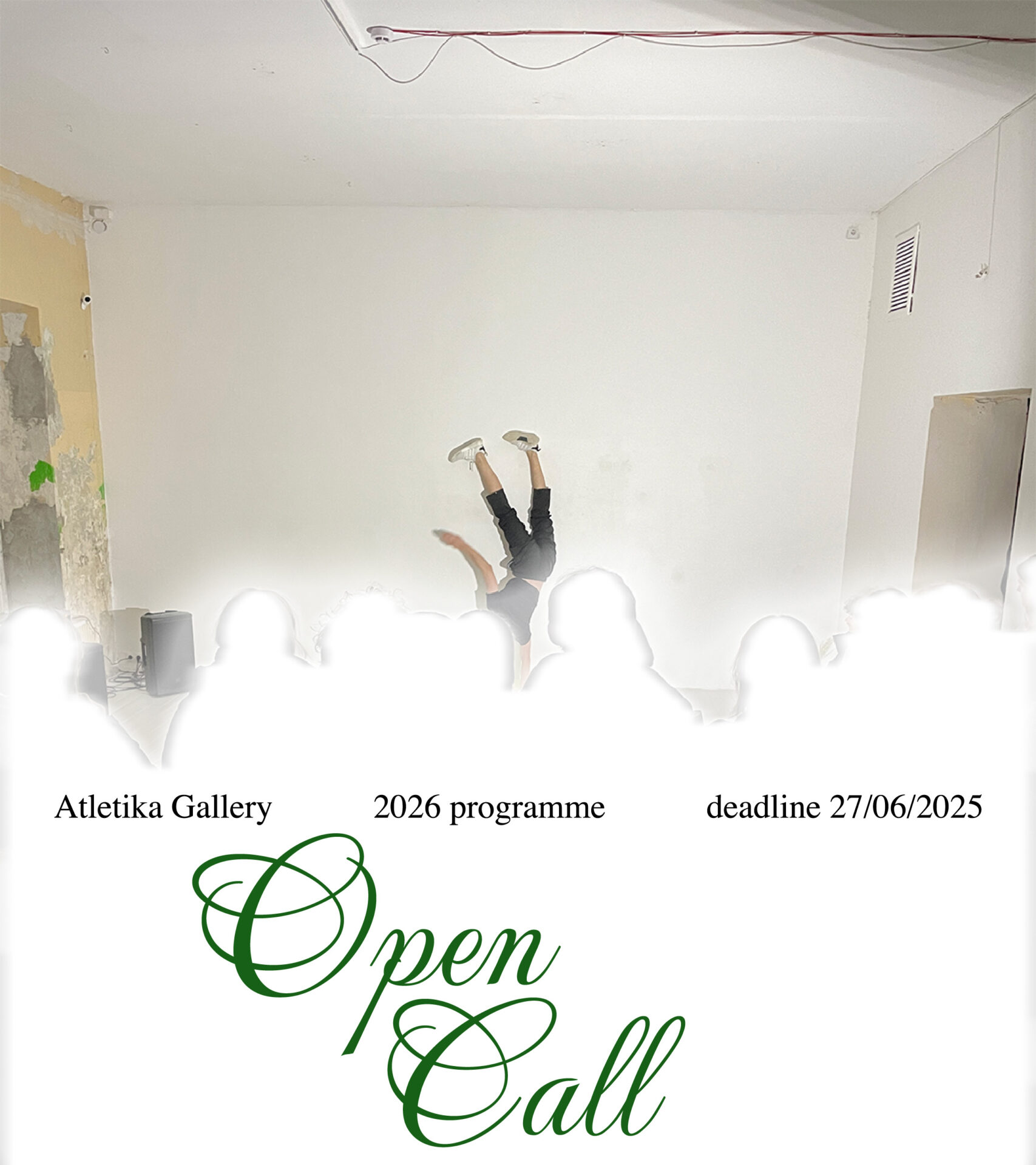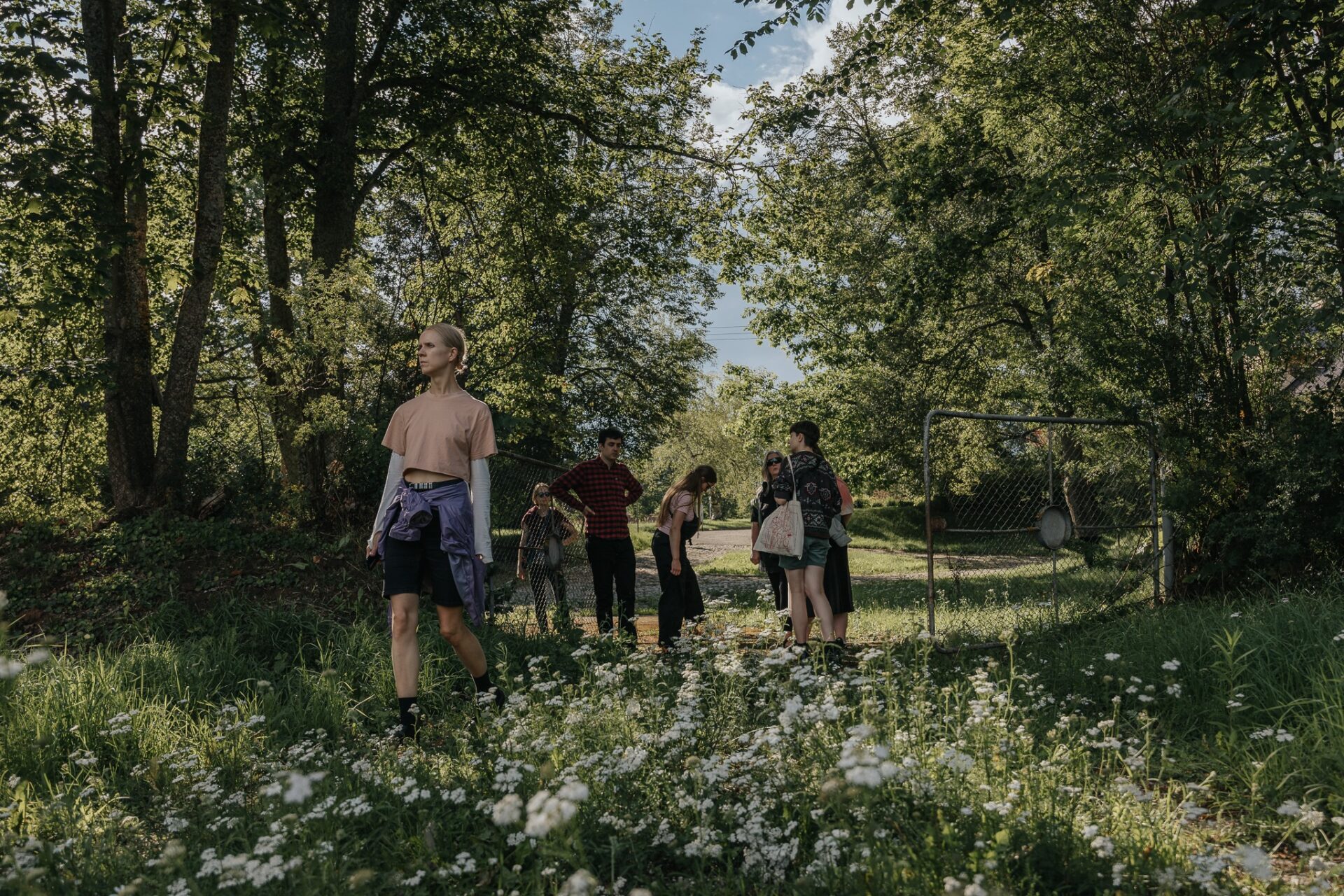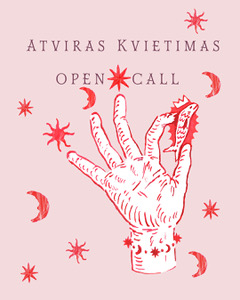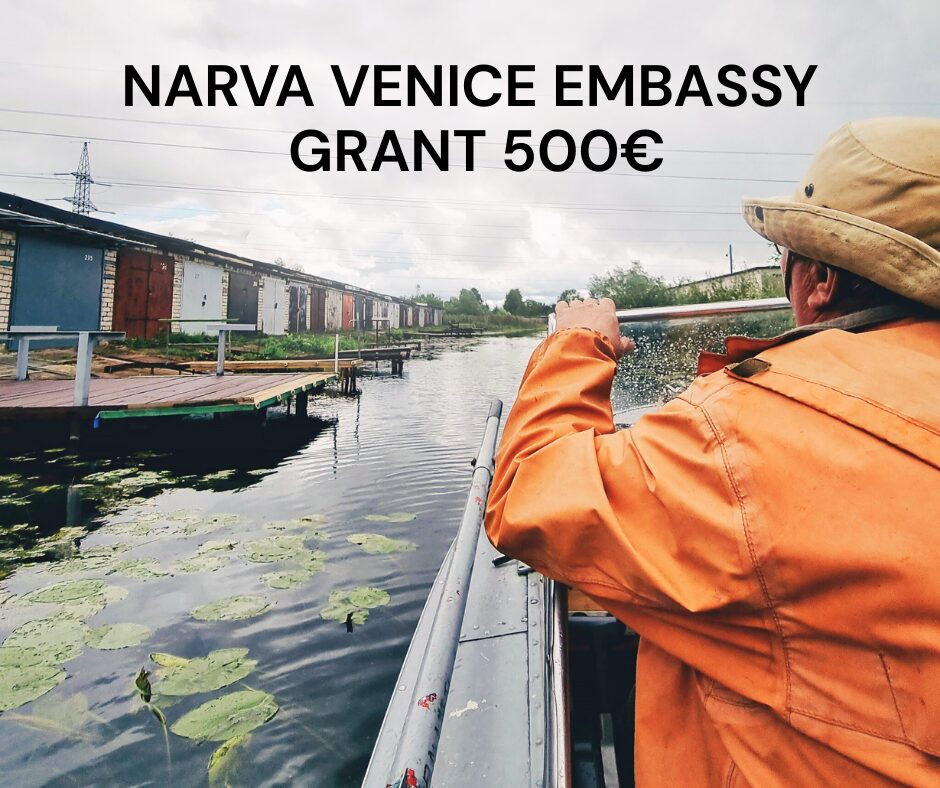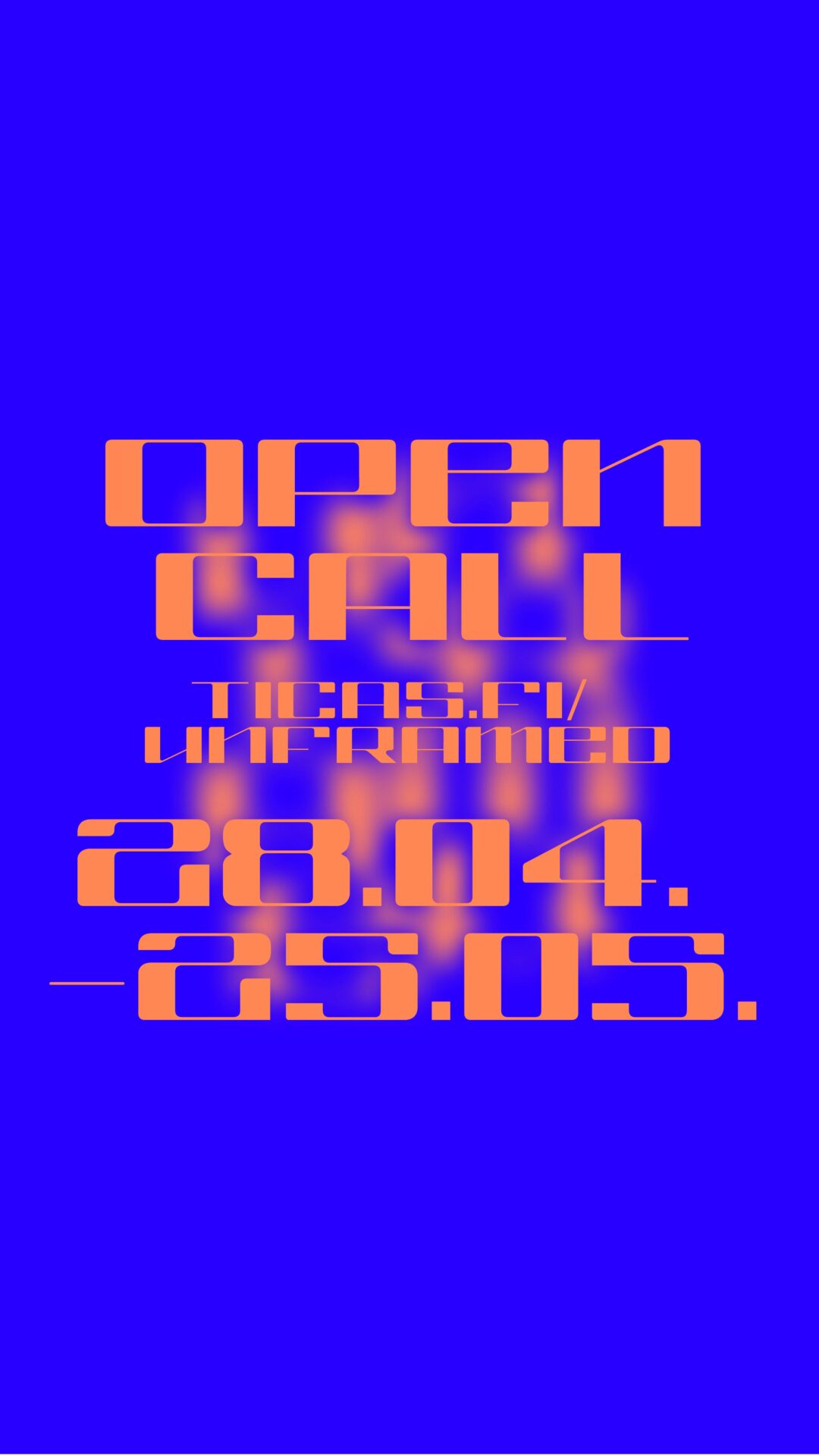At the beginning of 2020, we started to work on the book Your Time Is My Time, which aims to analyse contemporary art practices among artists from the Baltic countries in the context of shifting global networks and art production. Most of these artists are used to dividing their daily life and work between several cities in distant geographical areas.
In the current situation, with the disruption to everyday habits, and facing uncertainty about future travel and projects, we asked artists to give us an insight into their routines and challenges during the pandemic, which is accompanied and accelerated by a deepening ecological crisis. While we are interested in aspects connected with nomadic life, such as precariousness, migration, presence, a sense of belonging and place, we are also curious about the relationship between the geographical space and the mental space in which artists operate and feel at home, at a time when their work is often virtual and online.
The book eventually aims to capture the turning point in the perception of geographical and social proximity, and the shift towards finding more sustainable artistic methods and practices in response to the challenges from global turbulence.
Your Time Is My Time is expected to be published in 2021.
Compiled and interviewed by Merilin Talumaa and Annika Toots.
Participating artists include: Katja Novitskova, Laura Põld, Ingel Vaikla, Maria Kapajeva, Evita Vasiljeva, Daiga Grantina, Viktor Timofeev, Pakui Hardware, Agne Juodvalkytė, Emilija Škarnulytė, Lina Lapelytė, Young Girl Reading Group.

Viktor Timofeev, Human Abecedary, 2020
Viktor Timofeev (1984) is a visual artist who was born in Riga, Latvia. He lives and works in New York, USA, where he also runs the No Moon exhibition space in his studio.
Tell us about your neighbourhood in New York.
I live next to a major hospital in a neighbourhood with a large Hasidic Jewish community. The synagogues are closed, so the community holds prayers in the streets and on balconies, with the singing pierced by ambulance sirens fading in and out. Occasionally pre-recorded announcements are broadcast from mobile loudspeakers, helicopters orbit, and Shabbat sirens fill the air once a week. It’s beautiful, and surreal.
Your roots go back to Riga in Latvia. Some time ago, you were wondering whether to stay in New York or to live in Riga for a while.
I still feel drawn to spend a period of time in Riga again, but I haven’t had the chance yet. I made three trips last year, but I feel I need to stay there without having an exhibition to work on, just to live there at a normal, daily pace, in some kind of residency, even if self-initiated. My immediate family is here in New York and I am fortunate to be able to live and work in an exceptional studio situation. So actually, I have been trying to bring Riga here, by receiving friends from there, organising exhibitions with them, and collaborating with Latvian arts organisations. But yes, for now, I am whole-heartedly just living in New York.
What are your routines and rituals these days?
Our outdoor policy allows us to be outside, alone, with proper protection, so I try to go skateboarding a couple of times a week, even if just for twenty minutes or so. I have found a street nearby that is a dead end, with basically no traffic or people, so I go there and set up my obstacles (my backpack, and anything I find, such as bottles or pieces of wood). Although it feels like the same day is being relived over and over again, I try to make progress with the things I am working on, in order to see some kind of ultimate trajectory. This is important for the sake of my sanity. That said, I am, of course, having a hard time focusing, and often can’t avoid falling into the news holes. At seven o’clock, I go up on the roof, and listen to the collective applause and noise happening all over the city, which is done to support the healthcare workers. I clap and yell into the void as well.
What kind of disruption has the pandemic brought to your working life?
Tomorrow it would have been my exhibition opening at the Karlin Studios in Prague. We are now talking about opening the exhibition next month, and finishing it remotely. I am not sure if people will be able to visit it in person, or how everything will even be by then; but, absurd as it is, I am glad that it is also giving me this project to work on. I was going to work on a mural on site, but now it will be executed by another artist, based on my sketches, which is something I have never done. And as my horoscope is telling me to accept loss of control, I am willing to try this experiment. Other shows, of course, have been postponed indefinitely, which is the case for everyone anyway. I have recently been drawing online with my friend and frequent collaborator Jaakko Pallasvuo. We have been talking about working on a video together for his exhibition in the autumn, but while chatting and venting, we improvise lines and shapes on a shared, digital screen. I have also got round to finishing off some musical compositions I started writing last year.
What aspects do you perceive that the pandemic has brought out more deeply in your work?
In terms of my own work, I have had more time to reconsider my plans and choices. Music has proven to be a very fruitful medium right now, and I have treasured sending out my recordings to close friends in order to get some feedback. I have finished a new album, the first in a couple of years. I’ve finally had time to do the artwork for it. Basically, there is no shortage of things to do, but it’s important also to acknowledge that things are not fine. I think it’s all right to feel paralysed from the shock of what’s going on, but ultimately this leads to frustration, because I cannot immediately improve the situation, except by staying in my room. So it feels like I am trying to trick my primal brain a bit.
You mentioned that there is a lot of singing from balconies. Are there any other ways the soundscape of New York has changed during this crisis?
I cannot say anything about other neighbourhoods, but generally there are a lot of sirens in the air. In the past, I wouldn’t think twice about them: you become kind of desensitised. I would think it’s an emergency vehicle (fire, police, etc) and move on. But now I am constantly aware that all of them are ambulances responding to one single thing.
How has the crisis in general influenced the music you’ve been making? Has it been a kind of escape from the outside world?
I have mostly been finishing recordings from the past, so I haven’t started anything new. Music is the best thing to work on, because it can be free from a lot of paralysing, self-analysing questions that underpin my other work. I find it easier to get lost in it, especially right now. There is no mediation, no waiting, etc. In that way, maybe it is kind of escapist for the moment; but honestly, it is like that all the time for me, and anyway it feels necessary right now. I don’t think I can produce anything that is influenced by the moment, because it’s just too close, and I am still processing it, like everyone else.
Viktor Timofeev. Music video for ‘Portal Of Zin I’ by Simon Kounovsky, from 2016 release ‘Palace Of Peace And Reconciliation’ (lobit landscapes).
How have you coped with the social and economic limitations? Have you been able to keep your job(s) for galleries?
I have had some sales cancelled, and galleries where I freelanced from time to time have closed their locations. I have some web development work, but otherwise I am hoping for the best, like everyone else. In that sense, I am lucky to proceed with the exhibition in Prague, because at least there is a fee attached to it, and I am also lucky for my living situation.
Do you perceive this moment as something pivotal and due to change?
My guess is as good as anyone else’s. I think things will change, simply because there is no other option. Part of me wants to believe that things will return to how they were (not a good thing), but actually, I don’t think it will be the same. The fundamental bedrock of society has shifted: priorities might be rearranged, and culture might suffer. It is scary to consider, but in a bleak way also exciting. Probably the attention economy will accelerate, as we shift even more to aggregators/blogs. I’d like to believe that this period will refresh us on the potential of art, its ability to self-medicate, to unite, to heal.
How do you currently perceive the always vibrant and active New York City?
I’ve hardly been outside my neighbourhood, so it’s hard to know how the rest of New York is feeling. But I did go out biking the other day through Manhattan to see what it was like: the streets are emptier, some shopfronts are boarded up. Aspects of the city reminded me of games, like Metro 2033 or Half Life 2, which are set in metropolises that have been overtaken by an alien force. The feeling in shops is also quite surreal: supermarket music plays in the background, while shoppers wear improvised face masks and avoid eye contact. But maybe that is what it is like to go food shopping everywhere right now, not just in New York.
You run the No Moon space in your studio. What are your plans for future activities?
I haven’t thought about that much because the programming is based on making an IRL community and hosting gatherings. Whether it is listening to music, experiencing art, or eating, it’s always been about being together, so all of that’s on hold. It feels as if art is the last thing on anybody’s mind right now, but at the same time, it seems more essential than ever. All No Moon exhibitions and events are postponed indefinitely. All mixes from previous listening events are posted on idylllimbor.info, so anyone can turn out the lights and have their own event.
Everything seems to be online now, and at times the human touch becomes strangely scarce.
It is exciting for net art to have its time again! I hope this might shed a new light on artists who have been exhibiting exclusively online for the last 30 years. Left.gallery specialises in online and downloadable editions, and this kind of model seems logical right now, accessible, and by current standards, sanitary.
If you could form an ideal and sustainable art scene and art institution model, what would be its core and most important aspects for you personally?
The most important aspect of this kind of model is an exciting community, featuring lots of communal events and opportunities that make new voices feel welcome. Visual art mingles with music, literature, games, etc. Within the bounds of my abilities, I’ve been trying to organise something like this with No Moon, cooking dinners, doing communal listening events, and showing the work of artists I believe in, none of which would be possible without the help of my co-founder in the space and close friend, nihiti. Maybe it’s a bit simplistic, but I think it’s also meaningful to be able to own art by artists you admire, and vice versa. It means that art is either traded or valued within an accessible and sustainable price range. Since we’re talking about an ideal scenario, I think this speculation can be free from the baggage of reality.
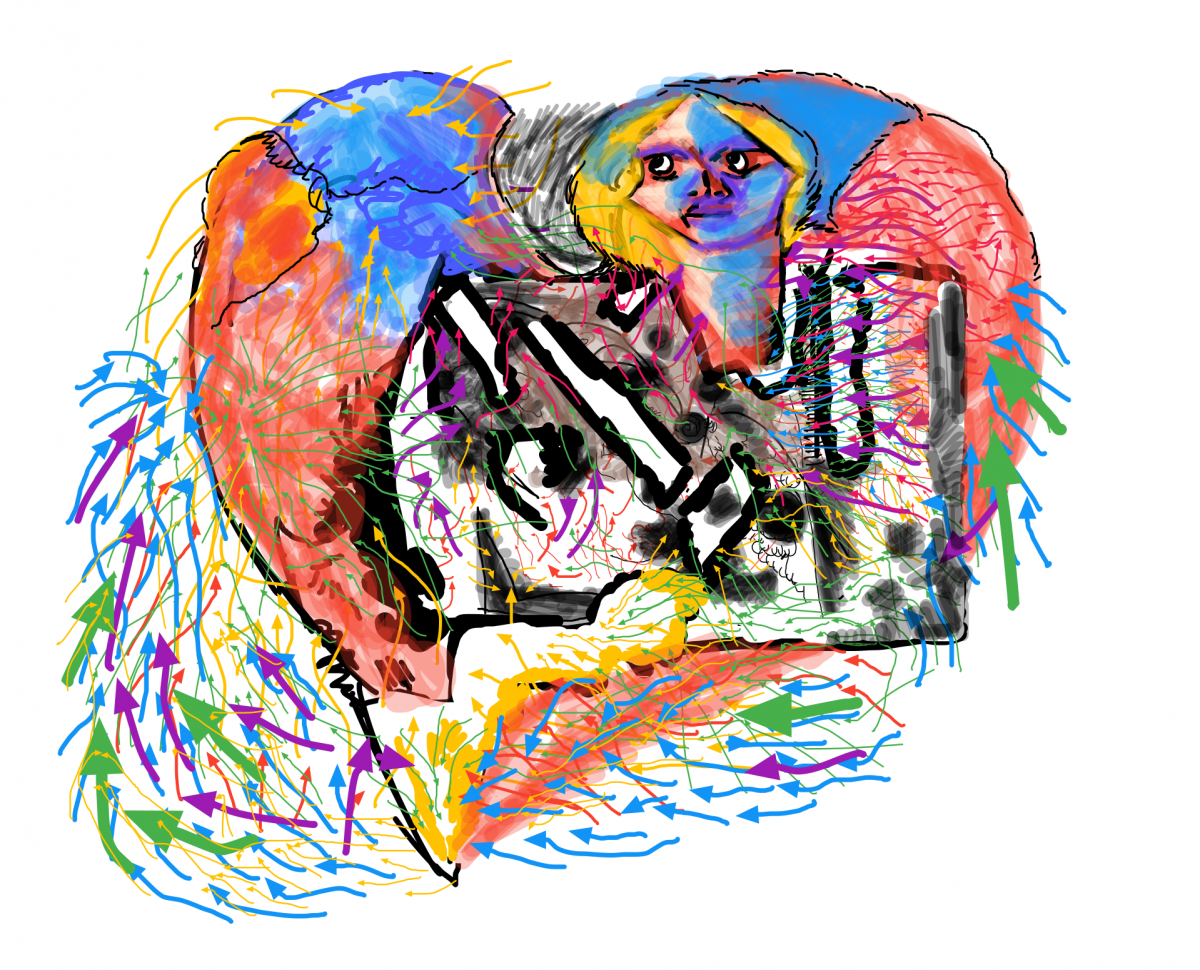
Jaakko Pallasvuo and Viktor Timofeev collaborative online drawing, 2020
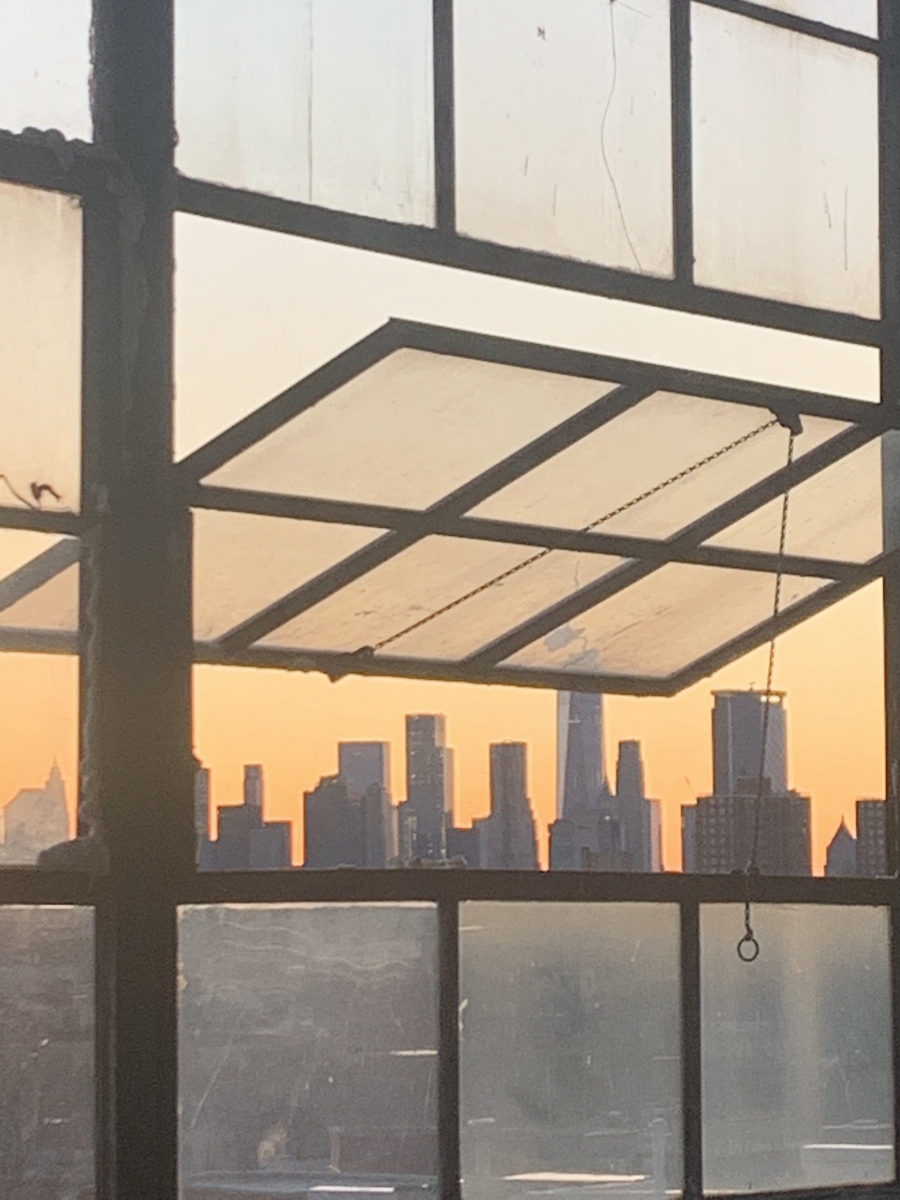
View from No Moon. Photo: Viktor Timofeev
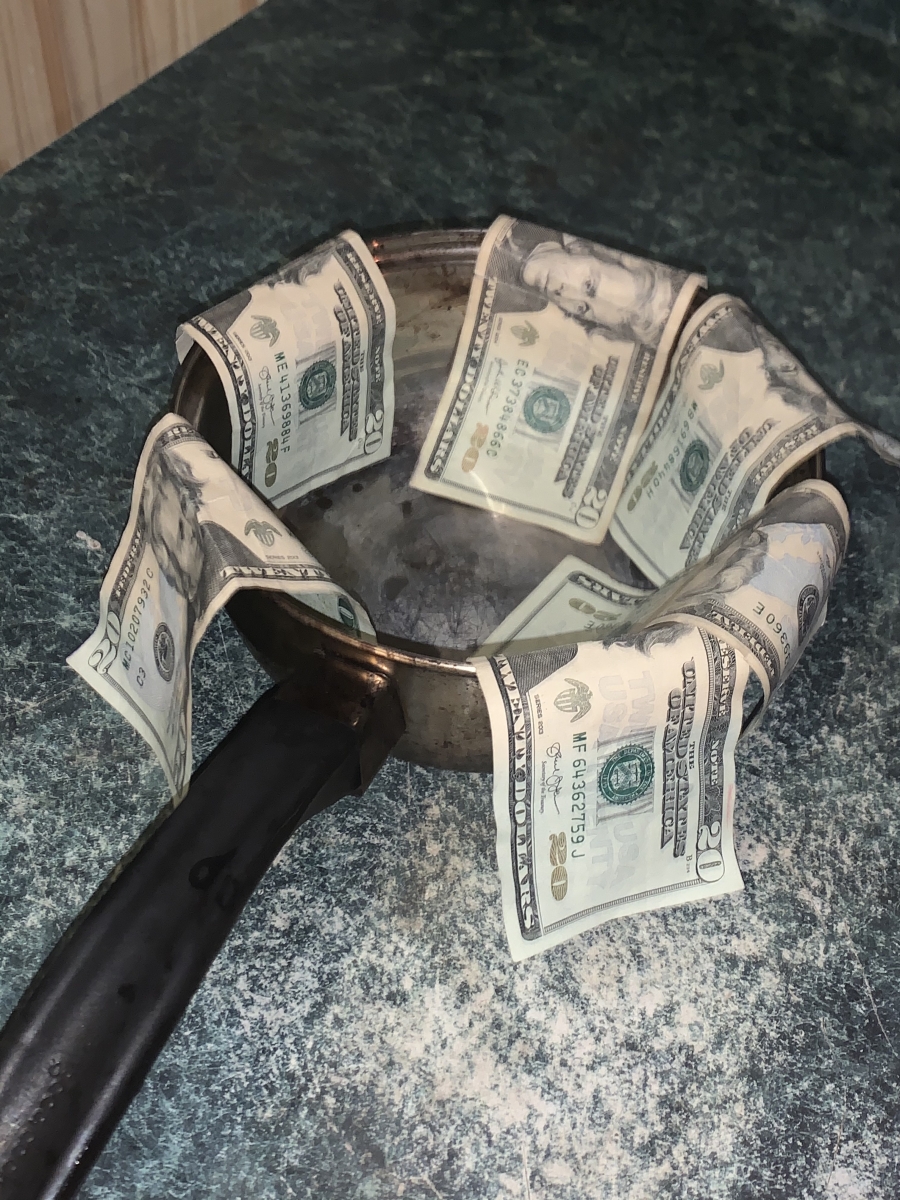
Clean Money. Photo: Viktor Timofeev
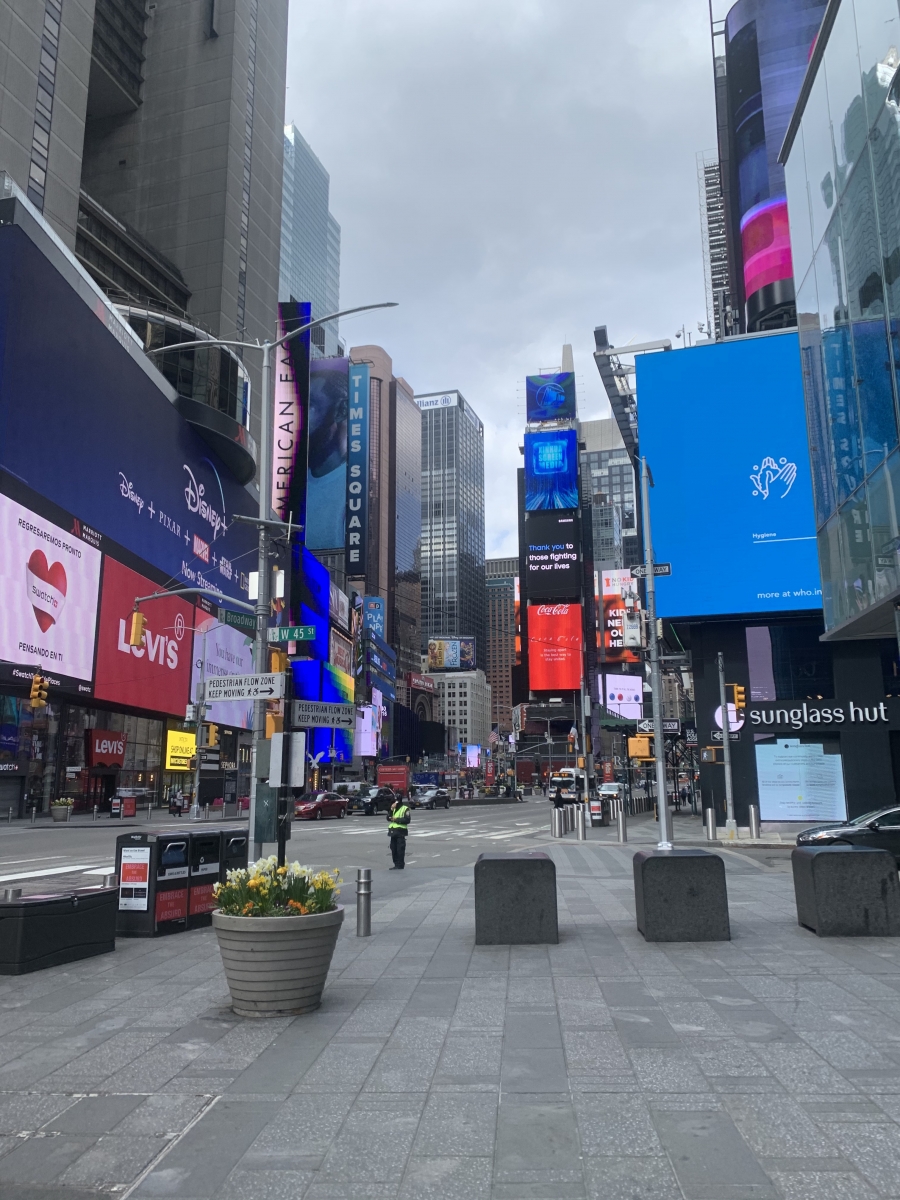
Times Square, April 15th. Photo: Viktor Timofeev
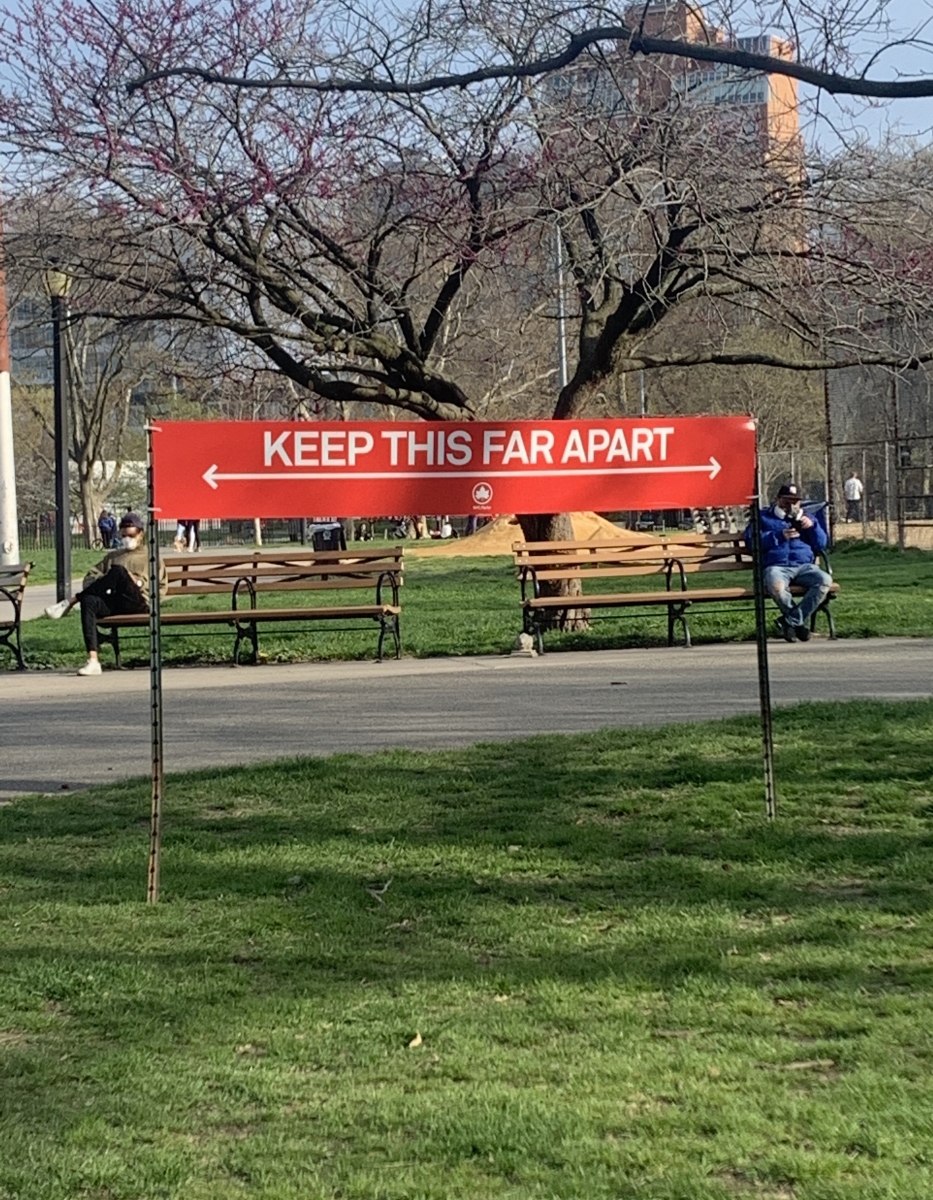
McCarren Park, April 20th. Photo: Viktor Timofeev
